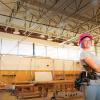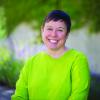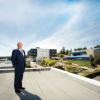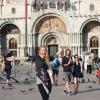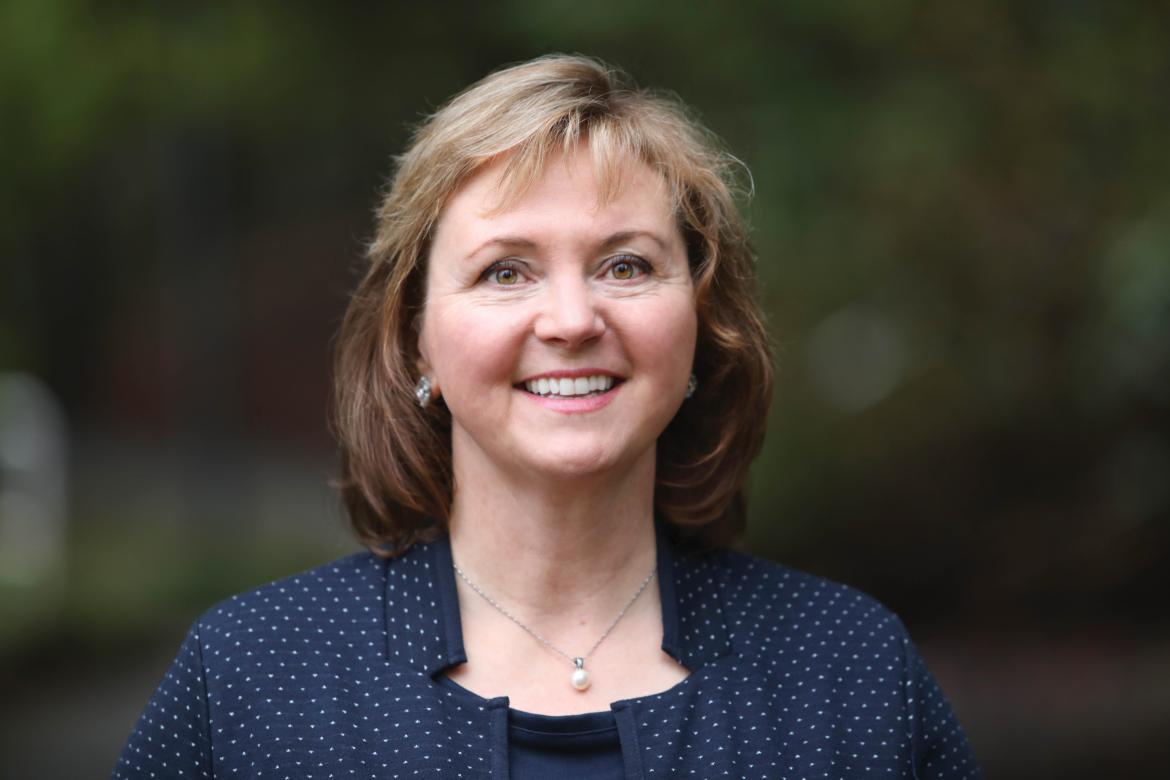
October 16, 2018 - 9:00pm
Dr. Pam Shaw, Director of VIU’s Master of Community Planning Program and Research Director of the Mount Arrowsmith Biosphere Region Research Institute (MABRRI), understands the importance of getting students excited about learning. As an undergraduate at a large university, she was uninspired by the lecture hall until she met a professor whose passion changed her perspective and ignited her lifelong love for community planning.
She worked in the field for 20 years before finding her way back to the classroom. For the past 17 years, Shaw has been guiding students at VIU on their own path of education and career development, focused on getting her students involved in applied research or projects that benefit a local community or agency. For her experiential teaching methods, Shaw was recently awarded the prestigious 3M Fellowship for Excellence in Teaching in a Post-Secondary Institution in Canada – an honour that only 320 people across Canada have received since 1986. Shaw answered a few of our burning questions about the evolution of her teaching – and where education needs to go next.
What is your philosophy on bringing teaching to the next level?
I am a passionate advocate of experiential learning and strengthening the link between knowing and doing. VIU started in 1936 as a trades school. This history, based in grit, persistence, a compulsion to create regionally relevant opportunities for students and a willingness to push past defined edges, is what attracted me to VIU. I feel strongly that this “can-do” attitude will carry this university to the next level.
How has your style changed over the years?
At first, my approach to the classroom was quite static. Naively, I thought that as the leader in the classroom it was my job to provide a one-way flow of information to students. I also thought that a good PowerPoint slide should be filled with many, many rows of text – 100 words was better than 10! As I gained confidence, more aspects of my professional life seeped into the classroom. Local examples replaced those described in the textbook and we began to venture out during class time to examine sites and developments. A decade ago, I began to include experiential projects with concrete deliverables as part of each class, ones that joined with a community partner (often a First Nation or small local government). Students grapple with difficult issues, and feel a personal stake in addressing them as we work with people on issues that are defined by the community. These projects have grown in complexity and impact over the years. While the scope may seem daunting to the class at the start, the energy of students always moves us to completion. My PowerPoint use has decreased to a much more tolerable level.
What is the best part of your job?
There are so many “best parts.” A few that pop to mind are: getting to know students at an interesting time in their lives; the theatre of the classroom (you never know what might happen next!); seeing students grow from the first year of their undergraduate degree through to convocation and sometimes grad school; and hearing back from students from years ago on their journeys and successes. I also work with tremendous colleagues and am delighted to come to this place every day.
How do you prepare students for today’s job market?
My challenge is to ensure students are faced with relevant learning opportunities that prepare them to be stellar employees as well as life-long learners. Both our graduate and undergraduate students do well across a wide range of professions thanks to VIU’s approach to applied, experiential learning.
Can you share an inspiring story from you classroom?
Some of the best moments in the classroom are those of discovery – that moment when you see that someone has been captured by an idea, made a connection, or found their own academic inspiration. When reading assignments, I have been wildly impressed on many occasions by the depth of thinking and enthusiasm for the subject matter that leaps off the page at both undergraduate and graduate levels.
You have a reputation for constantly thinking of new and creative ways to push learning. What is next on your mind?
I am excited about expanding opportunities to get students involved in relevant, community-defined, applied research activities. Developing these prospects between First Nations, local governments and community agencies is my evolving focus area; who knows where we might end up!
*This article originally appeared in the Fall 2018 edition of VIU Magazine. Check out more stories on the VIU Magazine webpage.
Tags: Master of Community Planning | VIU Magazine


